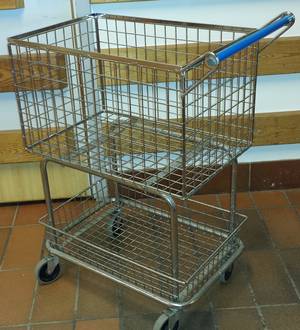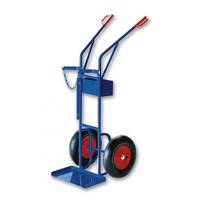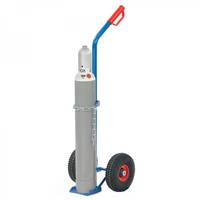5.1 Storage and transport
Storage
- The first step is to reduce the number and quantity of chemicals that need to be stored to a reasonable minimum.
- The next is to classify the chemicals into hazards, in storage groups.
Ensure the security procedures are adequate to prevent unauthorized access to chemicals. Many chemicals deteriorate while they are stored. It is recommended that the date of receipt and the date of initial opening of every chemical container be recorded on the container label.
- Chemicals must be stored in ventilated chemical cupboards or in a chemical storage room.
- When storing chemicals you must consider the compatibility of different chemicals. For example, oxidizing chemicals must be kept separate from flammable liquids or other flammable chemicals.
- Flammable liquids must be kept in ventilated cupboards.
- Toxic substances must be kept in a locked cupboard. Chemicals that are both flammable and toxic should be stored as flammable chemicals.
- Chemical storage room and ventilated cupboards with flammable and poisonous chemicals must be clearly marked with the respective pictogram (danger symbol).
- Acids must be stored in ventilated cupboards. Acids and bases must not be stored in the same cupboard. Placing acids and bases on separate shelves in a cupboard is acceptable for small volumes less than 1 L. Store acids and bases below eye level as an additional precaution to prevent injuries.
- Containers of liquids should be placed in trays that have rims high enough to furnish secondary containment in case of spills or leaks.
- Never store containers of chemicals on the floor, even temporarily; chemicals belong on shelves and benches, and temporarily on delivery carts.
- Never store anything in an evacuation area.
- Storing chemicals and laboratory samples of any kind in office workspace is forbidden, no matter if harmless or not.
- Storing flammable substances in a standard refrigerator or freezer is prohibited. Use approved refrigerators/freezers for storing flammable substances.
Transportation of chemicals

Transportation of volumes more than 1 L of highly flammable solvent/gases in areas outside the lab must be given the highest attention regarding security.
Use a trolley with soft rubber wheels and fence to protect the goods during transport.
Single bottles can be moved upright in a plastic bucket or a similar container. Do not use the elevator while transporting liquid chemicals.
Transport of gas cylinders
When transporting cylinders of compressed gases, the cylinder must always be strapped in a cylinder cart and the valve protected with a cover cap. When cylinders must be transported between floors, passengers should not be in the elevator.
Use a transport cart for moving gas cylinders.
Make sure that the cart is designed for the size of the gas cylinder:
- Large cart for 50 L cylinders.
- Small cart for cylinders up to 20 L.


If an accident occurs during transport of solvents, toxic or corrosive substances
- Call for help if you are unsure.
- Cordon off the area.
- Put on a mask with approved filter, protective lab coat, protective goggles and approved protective gloves.
- In case of solvent spills or leaks - sprinkle vermiculite or other absorbent.
- When everything has been absorbed, collect it in a double plastic bag and place it in a box for chemical waste. If the container/canister is deformed, then pour the contents into another suitable container. This should be performed by professionals who have good knowledge of chemistry.
In case of fire/explosion or gas evolution alert emergency service immediately, call 112, provide information about the incident and state your name and building where the incident occurred.
